14. Hiroshima Mon Amour
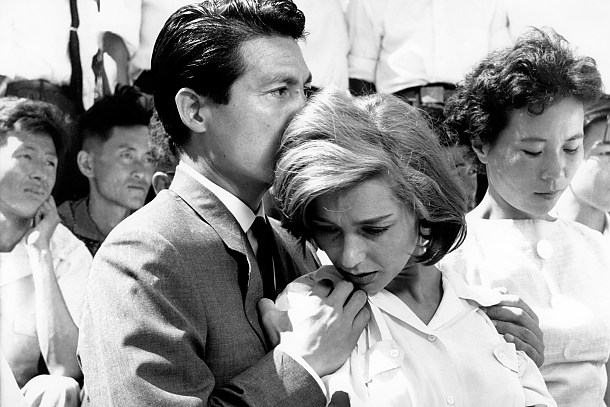
Though “Hiroshima Mon Amour” was directed by Alain Resnais (in his directorial debut!), the screenplay is the work of famed french author Marguerite Duras, a woman of such heightened sensitivity, especially with regard to memory and time, that though she wasn’t behind the camera (she would eventually direct several of her own films), her singular presence is felt in every word and in every frame.
The film chronicles two lovers who meet in Hiroshima and form an intense connection, revolving and manifested by a thorough and honest discussion of their memories. The film’s heroine, played by the intensely emotive Emmanuelle Riva, is not so much a vision of unraveling as much as much that of suffering, for whom the verbalisation of truths prompted by her Japanese interlocutor are like daggers to the heart. A shot of her with tears in her eyes and pain in the lines of her face is the perfect visual synthesis of the pain she harbours.
The brilliance of the film, however, is in another shot: she and her lover sit at a table at the end of a dimly lit restaurant, staring at each other in rapt attention, mid-conversation. The intense connection and soul-bearing discussion are a testament to our ability to connect through shared hurt and collective pain.
Unlike many of the other entries on this list, which focus on an individual psychological struggle, “Hiroshima Mon Amour” centres on two souls and two bodies converging, coalescing. A dose of connection to balance a list otherwise anchored in the psychological perils of solitude.
13. What Ever Happened to Baby Jane?
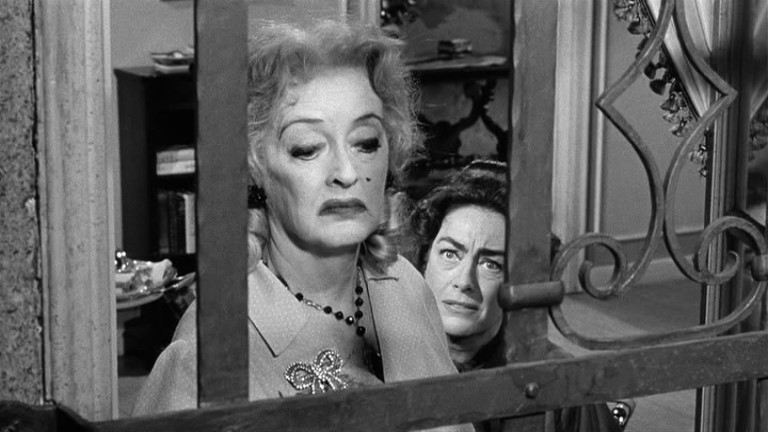
“What Ever Happened to Baby Jane?” is another case of jealousy catalysing female unraveling. Baby Jane, once a child star, is propelled into madness when her sister Blanche usurps her success, becoming a huge film star.
After an accident many believe to have been provoked by Jane leaves Blanche paralysed from the waist down, her acting career ends and she’s left in her sister’s care. Jane becomes increasingly disturbed, turning into a full-blown alcoholic, using the power given her by her mobility to torment Blanche.
The tension between the famously feuding Bette Davis and Joan Crawford is palpable throughout the film’s run time, giving tangible fuel to the on-screen animosity between the two. Davis’ blood curdling performance as Baby Jane culminates in a final scene at the beach wherein her character gives herself over completely to madness, returning to the psychological state of her childhood self as her sister lies dying on the sand beside her.
Now an old woman having just murdered their housekeeper, she prances around joyfully, pretending to perform to a delighted crowd of fans. The moment is chilling, the culmination of a life spent clinging to long-gone glory days, the final note in an unraveling decades in the making.
12. Women on the Verge of a Nervous Breakdown
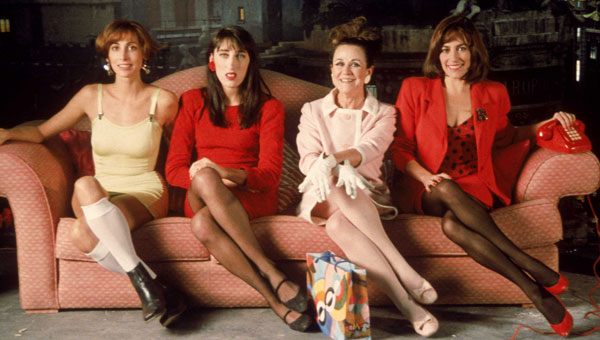
The film from which our title is borrowed, “Women on the Verge of a Nervous Breakdown” is a high-saturation Pedro Almodovar fever dream; the kind of melodrama that’s perfectly poised between art film and total camp. A prime example of Almodovar’s self-described “cinema of women,” its title actually refers to hysteria, an illness formally (and controversially) believed to concern women exclusively.
“Women on the Verge” is filled to the brim with characters so overblown, so excessively melodramatic that they’re comedic, but no less three-dimensional. Protagonist Pepa’s so-called hysteria is provoked by fearing that her lover is about to break up with her, whilst suffering the aftermath of accidentally housing a group of terrorists.
Yet “on the verge” is the key phrase here. Pepa’s hysteria doesn’t spell her downfall, and she emerges at the end of a manic 48 hours emotionally stronger and calmer than before. Almodovar has famously spoken about finding women more emotionally open and complex than men, and has built up a colourful cinematic repertoire of attentive, inventive, in-depth female characterisation born of intense respect and admiration.
11. Blue Jasmine

Woody Allen’s “Blue Jasmine” is so strikingly similar to “A Streetcar Named Desire” that it’s been called his homage to the masterful Tennessee Williams-written Elia Kazan-directed vehicle, but it may as well be its modern remake.
Cate Blanchett’s Jasmine, draped in Chanel, Hermes and Oscar de la Renta which, when not worn, are packed in a slew of Louis Vuitton monogrammed bags, is a rosé-wielding disintegrating middle-aged housewife suffering the aftermath of her husband’s suicide. She seeks refuge with her sister and her – yes – gruff, animalistic husband Chili (a Bobby Cannavale in Marlon Brando mode).
The film’s final scene, in which a broken Jasmine sits alone on a park bench whispering to herself, parallels Blanche DuBois’s shaken self in the final scene of “Streetcar,” speaking in low broken tones to the doctor who’s carrying her away to a psych hospital. Blanchett herself has played DuBois on stage.
The layered complexity of the character, a stellar turn by Blanchett who looks at every instant like a woman so far along the edge of a precipice she may fall in at any moment, and the modern twist on an iconic character garnered Allen’s modern Blanche an Oscar for Best Actress, the same award Vivian Leigh took home for her turn as DuBois half a century prior.
10. Black Swan
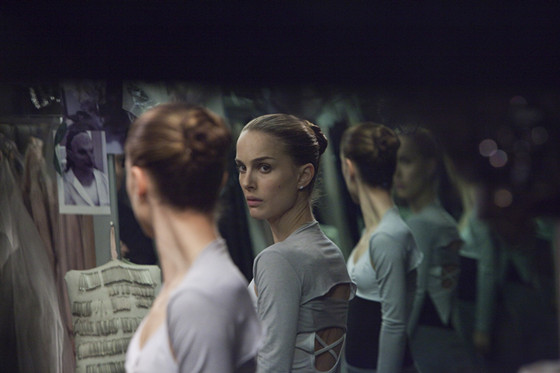
Black Swan is the second Aronofsky entry on this list. Its heroine’s unraveling is propelled and amplified by violent, obsessive ambition. Natalie Portman’s Nina is a ballet dancer preparing to star in Tchaikovsky’s “Swan Lake.”
The whole film is haunted by her dark and fixed gazed through eyes which at times turn entirely animalistic, hinting the unyielding, destructive force within the poised dancer. Her dream role turns to horror when, overworked and paranoid, Nina imagines her far more sensual, liberated understudy Lily stealing her role.
Again, the heroine’s psychological unraveling is narrowly tied to sexual repression, a notion evidenced by her fantasy of having sex with Lily, and waking up realising she’s been masturbating in her sleep in front of her mother.
The film’s ending is a bittersweet portrait of destruction and desire as the conflicting polarities of ambition: Nina gives the performance of a lifetime, fully embodying both the White and Black Swan, but has stabbed and killed herself in the process. Ambition is her Achilles’ heel, the source of her success, the root of her undoing.
9. A Woman Under the Influence
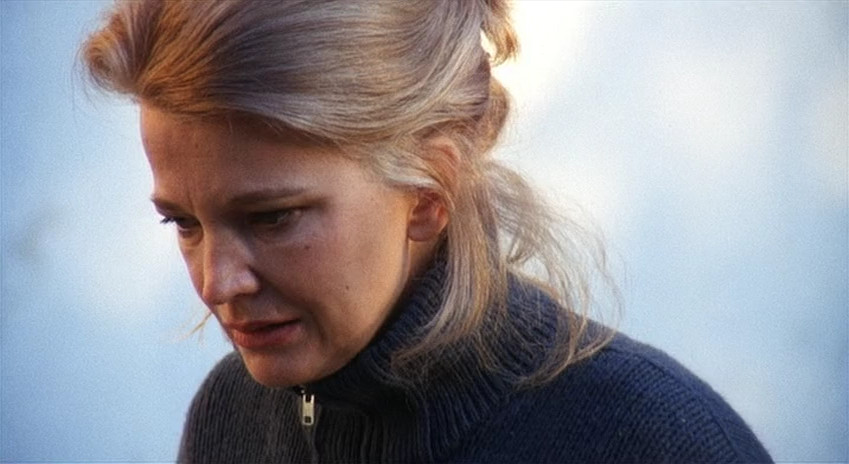
“A Woman Under the Influence” is a 1974 Cassavetes masterpiece dripping in the director’s characteristic realism. Housewife Mabel acts deranged and disturbed for reasons that are never mined nor dissected, leading her to be sent by her well-meaning husband to a psychiatric hospital. Her return six months later does not spell a neat ending nor display a miraculously cured woman, but instead finds her again unraveling, first in front of family, then alone with her husband.
This again is the case of a woman disintegrating within the confining walls of the household, invisibly strangled by domestic duty. Unusual in this instance, perhaps, is her caring supportive husband, a patriarchal force of good, who in spite of himself does not understand her, is wholly blind to the invisible chains constraining her.
8. Repulsion
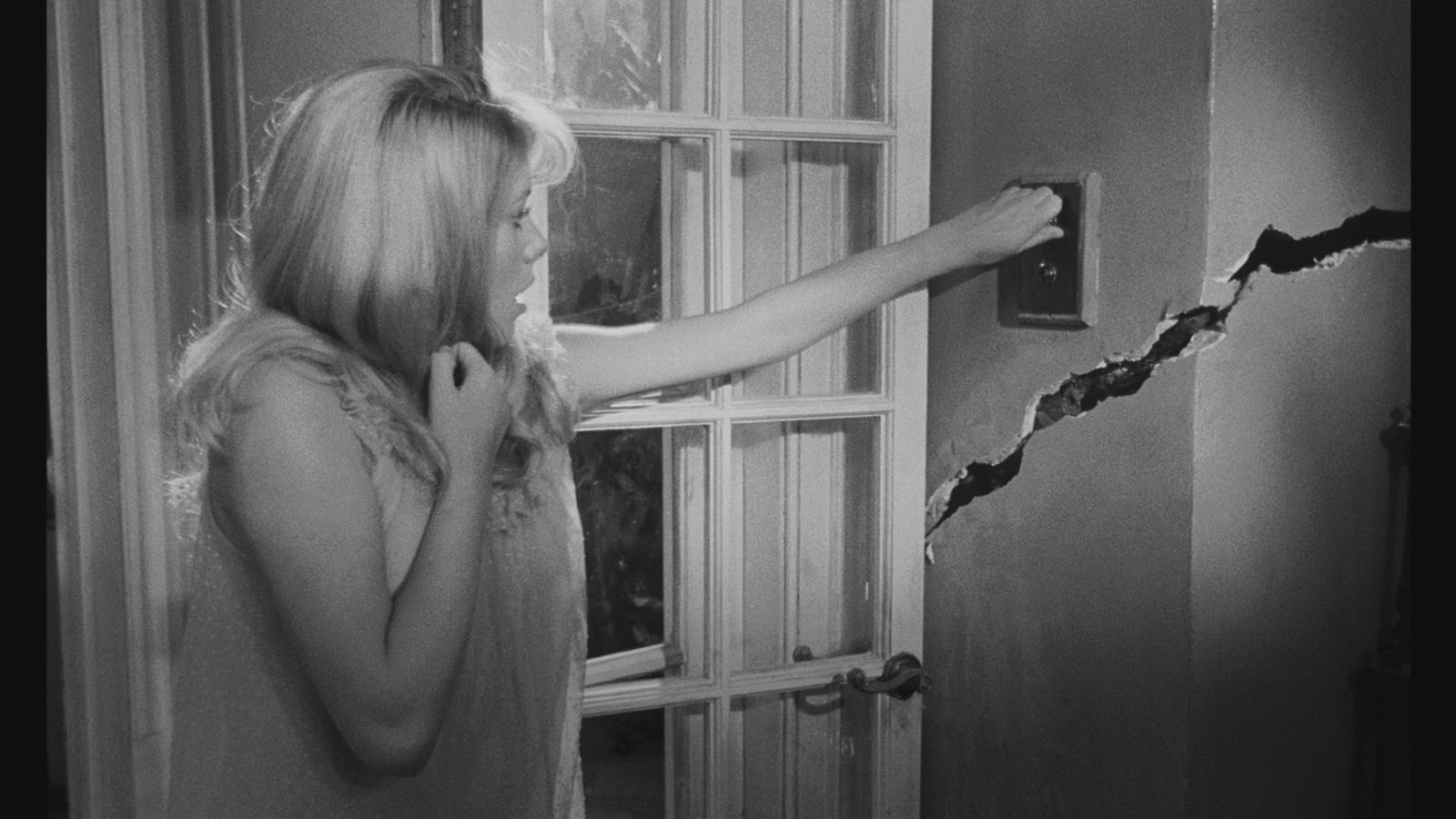
“Repulsion” marked Roman Polanski’s first attempt at female unraveling, followed by the far more known and widely acclaimed “Rosemary’s Baby.” The film explores a theme common to several pieces on this list: a girl on the brink of womanhood struggling with her sexuality. Here, Deneuve’s repulsion is aimed at sex: the loud sex her sister has in the room beside her, as well as the sexual advances her suitors make toward her.
Carol is dazed and dreamy, moving through the film like a sleepwalker, permanently consigned to a catatonic haze. She is a rare breed of heroine, a female killer in a genre (horror) that is dominated by testosterone-fuelled psychopaths.
Perhaps the film’s most enduring shot is one of hands reaching through the walls of a narrow hallway, grabbing, predator-like, at a woman who finds herself consistently under the sexual scrutiny of men. Carol’s unraveling is a nightmare fuelled by lingering images of psychosis. The camera remains fixed within her world, capturing her view of it and her place within it with unrelenting precision.